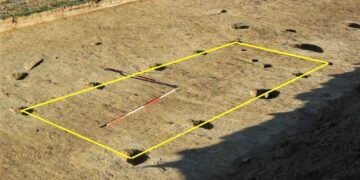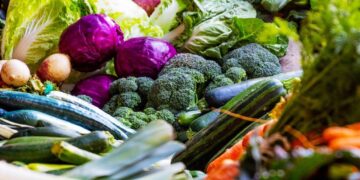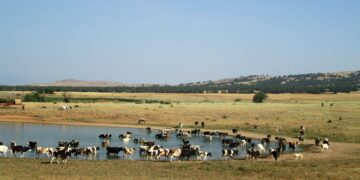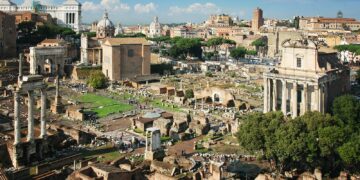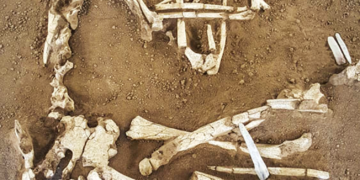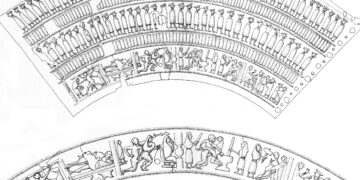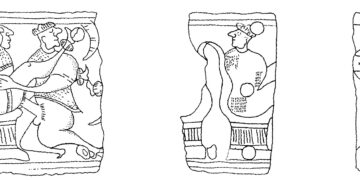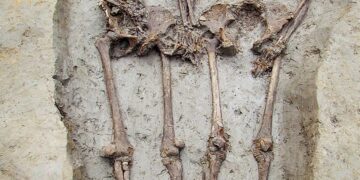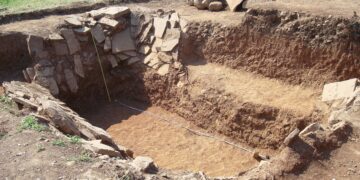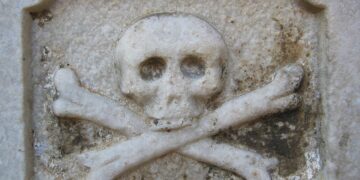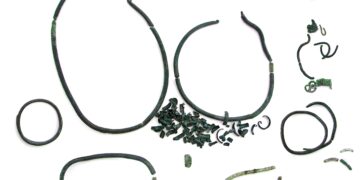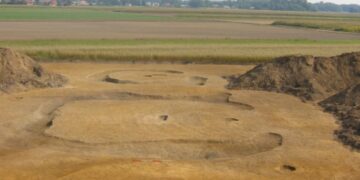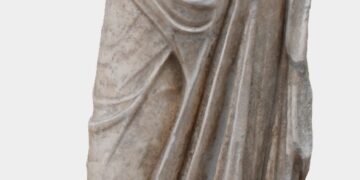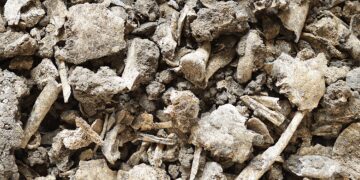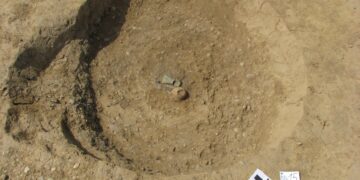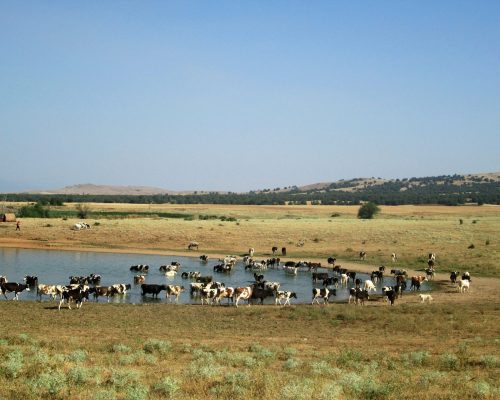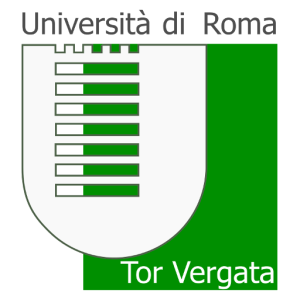Sheep and goats were the first animals to be domesticated and formed together with pigs and later cattle the bases of the Neolithic pastoralist economy. Traditionally in the Mediterranean, the private households would have kept a small number of animals, perhaps not more than 50. Before the Classical period in Greece, they mostly did not manage large herds of livestock to create a saleable surplus and specialized pastoralism with its necessity to seasonally move animals between pastures in different climate zones. In the Roman period, farmers had goat’s meat at their disposal. Beef had been eaten by the Romans from the earliest times, but its use was a mark of luxury until very late in the Empire. Under the Republic, the ordinary citizen ate beef only on great occasions when he had offered a steer or a cow to the gods in sacrifice. The flesh then furnished a banquet for his family and friends. The very language testifies to the important place the pig occupied in the economy of the larder, for no other animal has so many words to describe it in its different functions. Besides the general term sus, we find porcus, porca, verres, aper, scrofa, maialis, and nefrens.




